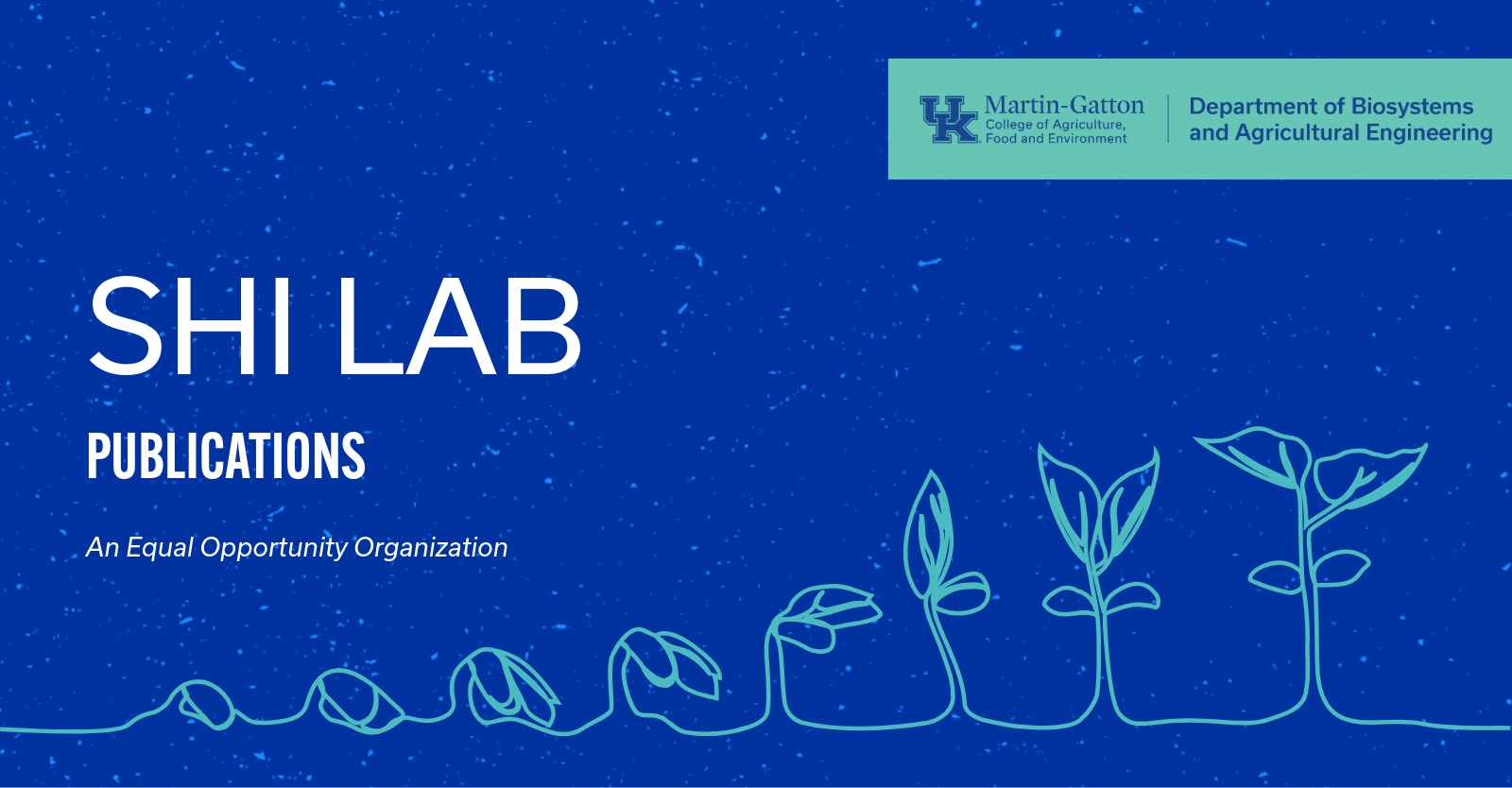Understanding Lipase-Deep Eutectic Solvent Interactions Towards Biocatalytic Esterification
Understanding Lipase-Deep Eutectic Solvent Interactions Towards Biocatalytic Esterification
Published on April 6, 2025

Abstract
Deep eutectic solvents (DESs) have shown promise as a medium for extracting polar volatile fatty acids (VFAs) and in situ esterification of the extracted molecules using lipases. This solvent enhanced biocatalysis process can potentially streamline VFA separation from fermentation broth by integrating conversion and extraction steps. Two commercial lipases from Aspergillus oryzae (AoL) and Candida rugosa (CrL) were evaluated in reaction systems containing hydrophilic or hydrophobic DESs using a newly optimized lipase assay. The optimal pH for both lipases was around 5.0, with a slight reduction in activity at pH 8.0 and a significant inhibition at pH 2.0. The impact of DES concentration on lipase activity varied depending on the specific DES–lipase pairs. Most hydrophilic DESs show good compatibility with the tested lipases. Specifically for choline chloride/ethylene glycol (1:2) and choline chloride/levulinic acid (1:2), taking into account the influence of pH, CrL activity increased with DES concentration. However, the hydrophobic DES thymol/2,6-dimethoxyphenol (1:2) demonstrated enhanced inhibitory effects on both lipases. Docking simulation helped explain the ligand–protein interactions but showed limited capability in predicting the compatibility of specific DES–lipase pairs due to its constraints in simulating flexible protein structures and the complex interactions between DES components and water.
Authors
Can Liu, Jian Shi
